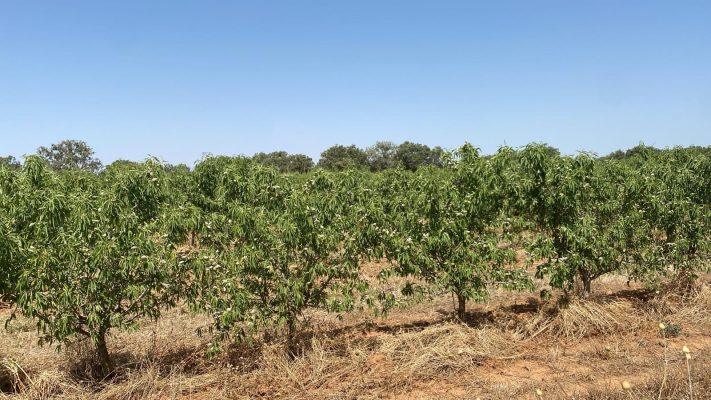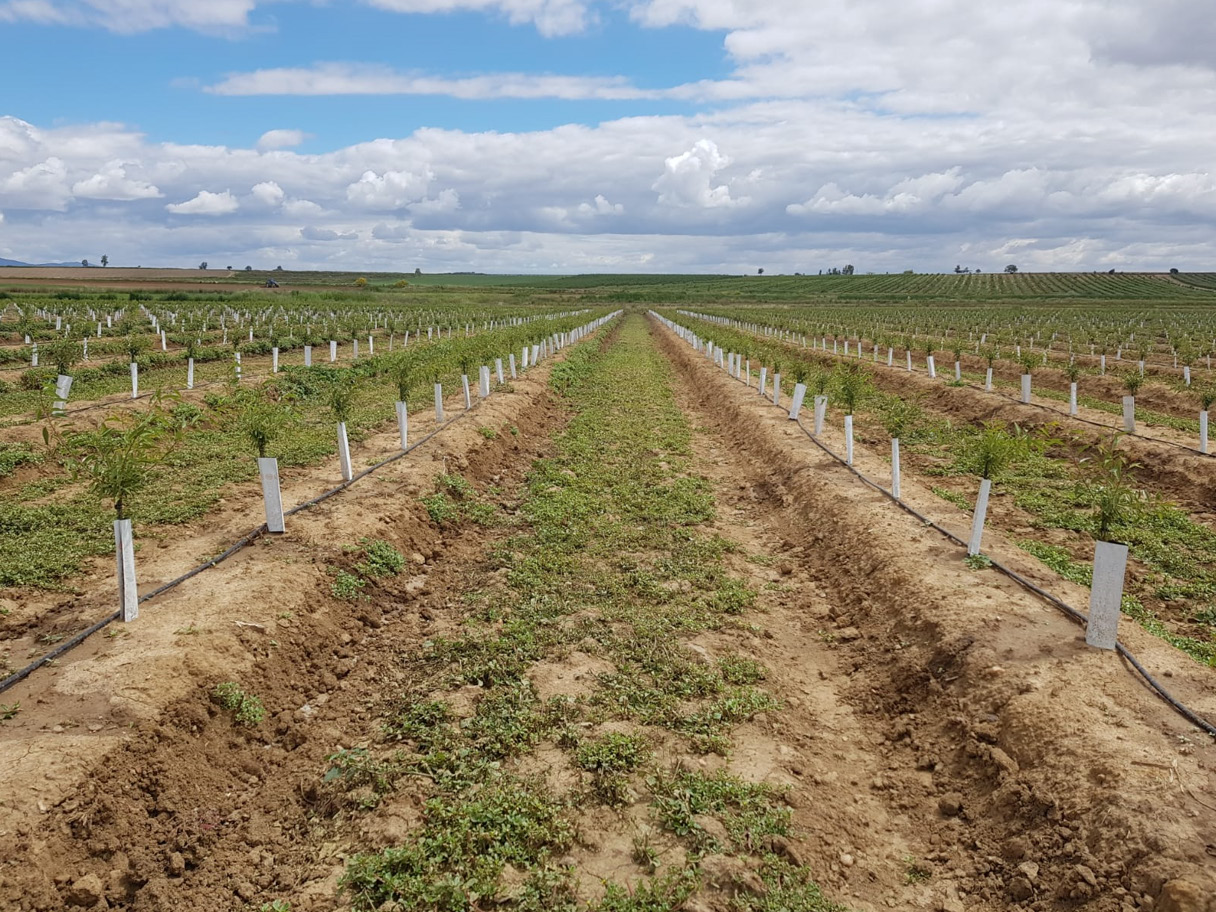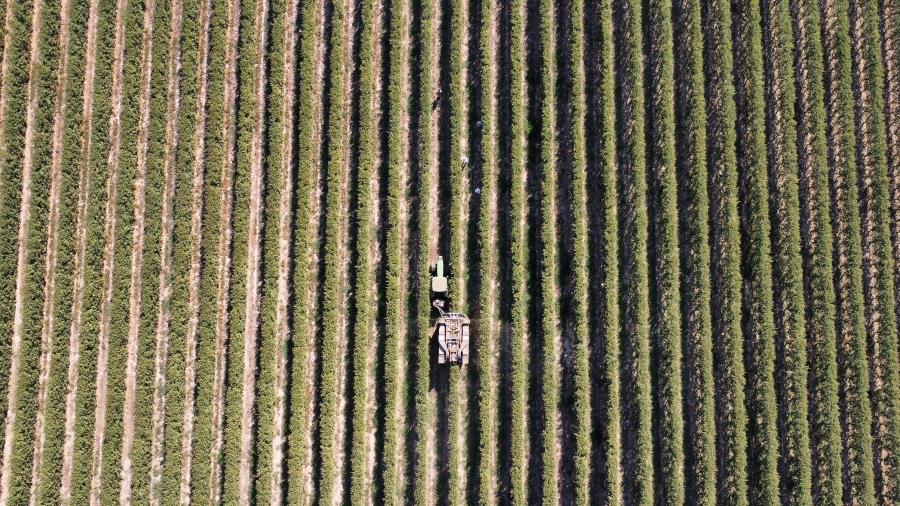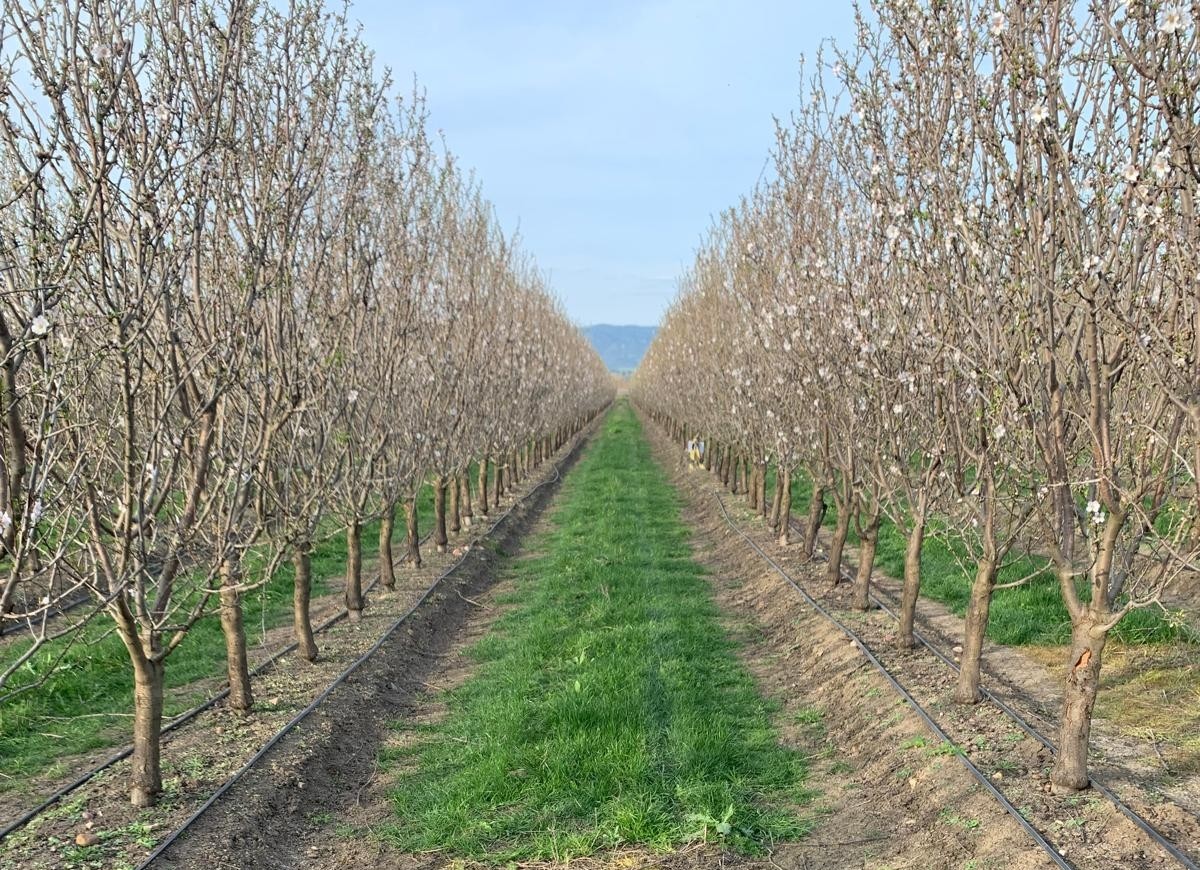Almond Trees: The Roadmap for the Ebro Valley
Data, Investment, and Training Behind a Crop with Strong Regional Potential
Over the past decade, almond trees have increasingly taken over farmland in the Ebro Valley, replacing traditional extensive crops like cereals and alfalfa. This expansion is driven by two clear factors: more stable profit margins compared to traditional crops, and the ability to mechanize nearly all operations (pruning, harvesting, and input application), which reduces labor and energy costs.
Demand is also pushing growth: “In five to ten years, the sector will take off; Europe still imports a lot of Californian almonds, and there’s land left to plant,” predicts Antonio Poblador, technical advisor and manager at Abel nursery. He sees the valley as “one of the lungs” that can help offset this deficit, thanks to its dry winds that limit diseases increasingly affecting crops.
From Marginal Crop to Established Alternative
This context has led to a shift in planting models. Open vase systems gave way to high-density formats, and today, intensive systems (five to six meters between rows) coexist with super-intensive or hedgerow systems (three to four-meter rows with just 1.5 meters between trees).
The choice depends on terrain, water availability, and initial capital, but both aim to mechanize harvesting and reduce risks, though with notable differences. “At first, it seemed like it had no future, just another plantation,” recalls technician and farmer Josep María Roca about his early hedgerow experiences. “But well-designed farms have been producing for years.”
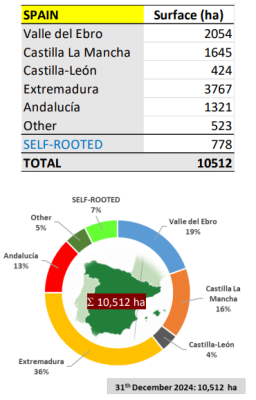
Voices from the Field
Xavi Plana, a pioneer in Lleida, explains the practical advantage: “With hedgerows, I work four to five hours per hectare per year and harvest sixty hectares in ten days. The first three years are critical: if you don’t shape the wall properly, you’ll have problems forever.” His formula includes two daily irrigation pulses during peak demand and fertilization with 90–110 kg of nitrogen, “just enough to avoid overstimulating the tree—you have to listen to the plant and see what it needs.”
Poblador reinforces the idea that water is key: “With 5,600 cubic meters from the Ebro, almonds yield excellently; and in cool drylands, with the right rootstock, they also thrive.”
In Huesca, Agrotree, a consulting and service company, guides investment capital into various woody crops, including almonds. “Almonds can multiply cereal margins tenfold,” says Juan María Suelves, a partner in the company. He notes that the bet isn’t just from individual farmers—investment groups and capital funds are increasingly entering agriculture, seeing it as an attractive and profitable business.
Several such players are already active in the Ebro Valley. Lizard Agro manages 4,075 hectares across six production hubs with a 25-year plan and a sensor network that monitors every drop of water and every liter of diesel, asserting that “economies of scale make it feasible to tightly control energy and fertilization costs.”
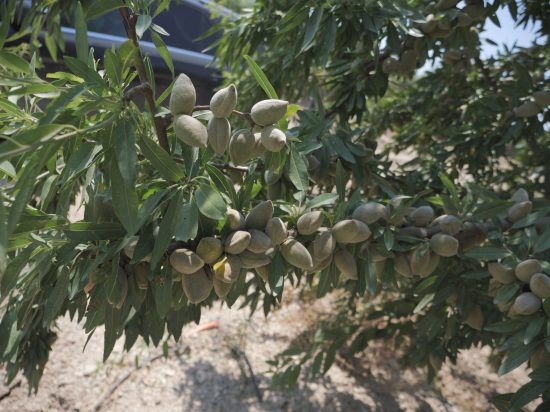
Another example is AWA Group, which combines intensive plantations with a recent start in hedgerow systems. “Hedgerows require more upfront capital, but harvesting is fast and daily work is highly mechanized.” Regarding investment appeal, especially in almonds, CEO David Pallares is confident: “In my opinion, we have a long commercial road ahead, but we can still produce almonds at lower prices than global competitors. Hopefully, the future will be certain and competitive. There’s a lot of work to do, but we’re on the right path.”
In the industrial chain, having almonds that simplify processing tasks is vital. A product that’s easy to handle is a major advantage for nut processing plants. Diego Ráfales, CEO of Frutos Secos Ráfales, emphasizes the importance of harvesting methods and post-harvest conditions: “We need almonds that arrive clean, impurity-free, and haven’t touched the ground.”
Research Leading the Way
Technical innovation comes from public research centers. IRTA has repeatedly shown its commitment to developing profitable and efficient production models. One result is the new rootstock INTENSIA, which offers high productivity, drought tolerance, and efficient water use.
From Zaragoza, CITA is also advancing almond cultivation with PILOWRED®, designed for calcareous soils and drier climates. They’re also working on low-chill varieties that could expand cultivation to higher areas of the valley.
The University of Zaragoza, along with those of Lleida and Navarra, offers technical courses on cultivation strategies, technology, and hedgerow profitability, ensuring a pipeline of specialized advisors.
Technology Supporting Decision-Making
Productivity gains won’t come solely from genetics or irrigation, but from digital integration. “We’ll have multispectral cameras, AI models, and weather stations to help us,” says Javier García Ramos, Professor at the University of Zaragoza, “but someone needs to bring that data to the field with professional judgment.”
AI and its data-crossing capabilities are shaping the future of the sector. Adapting to these tools and using them effectively will be key to success or failure in future plantations. As Miguel Ángel López, Founder and COO of Iberian Smart Financial Agro, rightly points out, “We must resist the temptation to delegate everything to algorithms—technology doesn’t solve anything on its own; it needs interpretation and a clear goal.”
Regarding data use and monitoring, Xavier Plana is also clear: “Information is valuable, but the farmer makes the decisions; you have to know the plant and walk the field.”
The tools are already on the table. Capacitive sensors, drones, and satellite platforms allow tree-by-tree water stress monitoring. Artificial vision systems help regulate precise pesticide doses, and straddle harvesters incorporate yield mapping to fine-tune pruning and nutrition. The challenge is both economic (recouping the investment) and human (training profiles capable of interpreting and applying data correctly).
Market, Sustainability, and Demographic Challenges
The Ebro Valley has an edge: regulated water, logistical infrastructure, and a research ecosystem that accelerates varietal adaptation. Moreover, technology opens doors for family farms that previously couldn’t compete with large-scale operations. “Even small plots can be viable, which helps retain population in rural areas,” says Jorge Badules, Head of Service at the Government of Aragón’s Plant and Animal Health Center.
The crop also aligns with climate goals. Hedgerow systems, for example, can reduce water use compared to other models and lower carbon footprints through biomass carbon storage. Having this data to reduce emissions is essential for the future, as social pressure will demand continued measurement and certification of sustainability.
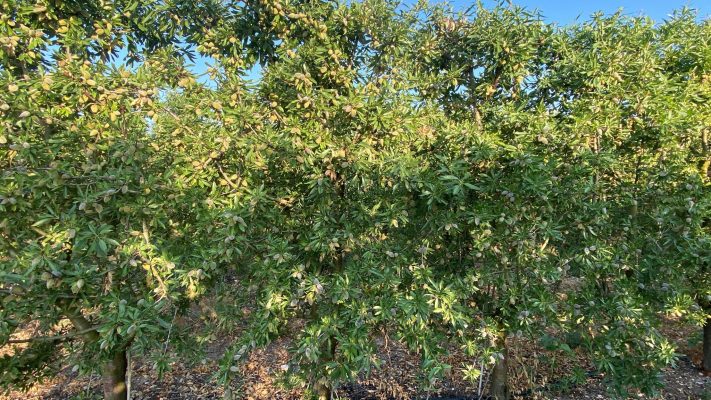
Looking Beyond the Next Harvest
There’s no doubt that acreage will continue to grow, especially in irrigated areas. But true maturity will come when farmers adopt innovation as routine. In genetics, self-fertile, late-blooming varieties are already being tested to avoid frost and reduce pollination needs. In crop protection, sexual confusion and biostimulants are gaining traction, though pioneers remind us that nutritional balance is more important than adding products. In mechanization, pruning and autonomous harvesting robot prototypes promise to solve labor challenges—provided the right model is in place to justify the investment.
Antonio Poblador insists that the crop, especially hedgerows, “hasn’t peaked yet; we’ll keep innovating in varieties, grafts, and rootstocks.” Josep María Roca, meanwhile, urges caution: “Well-designed trees from the start reach high production levels; the key is not to rush the timeline at the expense of the plantation’s lifespan.”
The Future of Almonds
The Ebro Valley has regulated water, fertile soils, and a climate whose winds and sunlight create an almost ideal microenvironment for almonds. The coexistence of intensive and super-intensive systems offers flexibility: wide spacing for rugged terrain, dense hedgerows for flat plots where harvesters can operate. Research trials support efficiency, field testimonials confirm profitability, and training centers produce technicians who turn theory into daily decisions.
The path, however, requires investment, training, and an innovative mindset. Just look at the rising number of harvester registrations, packed technical workshops, and new training modules in agricultural schools to understand where Ebro agriculture is heading. Almonds have gone from being an alternative to the top choice for much of the region, and acreage projections confirm it.
